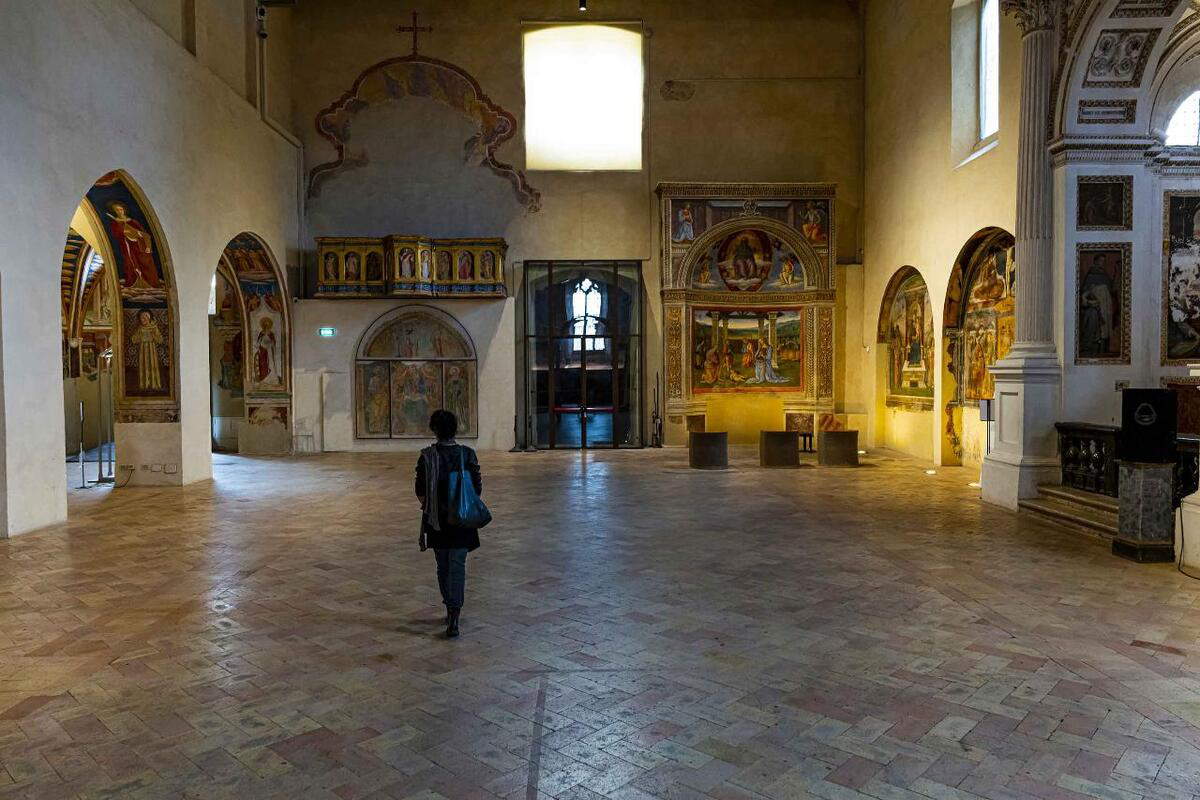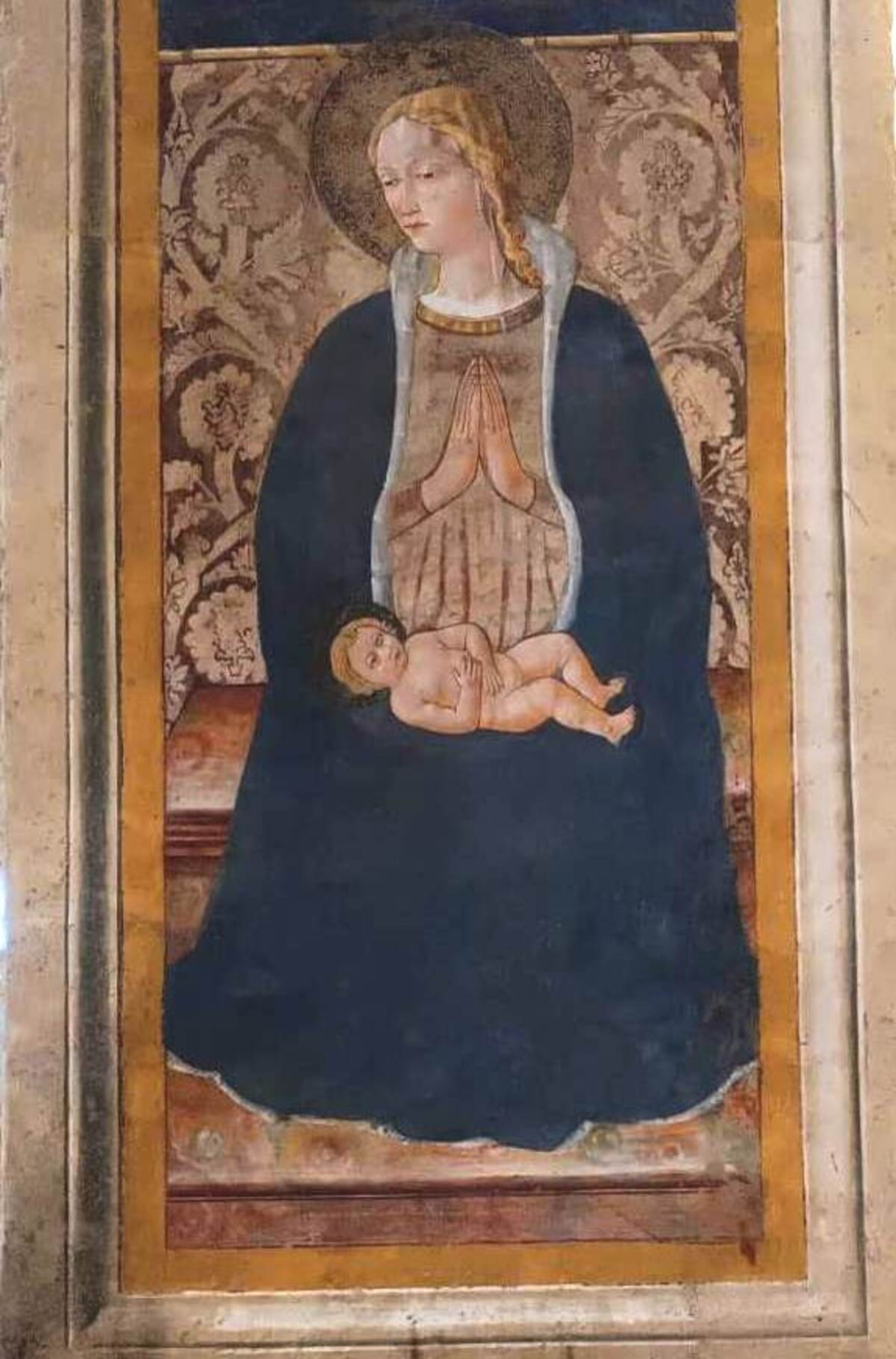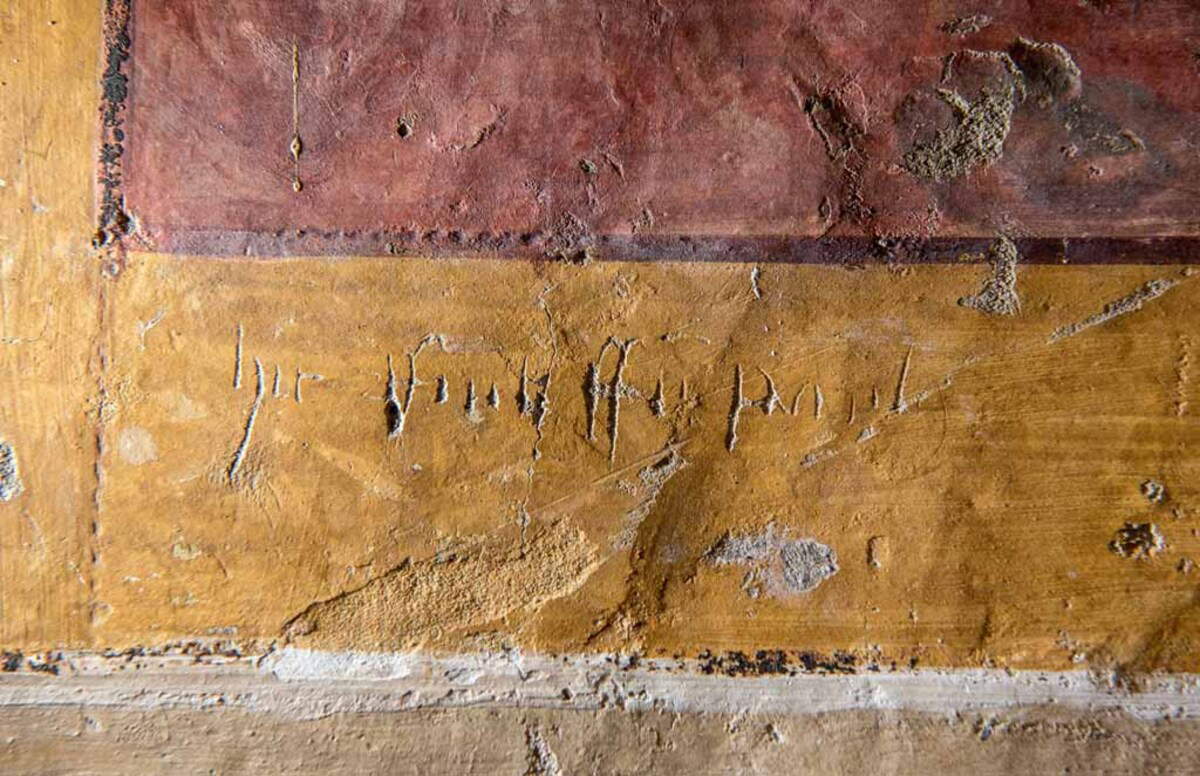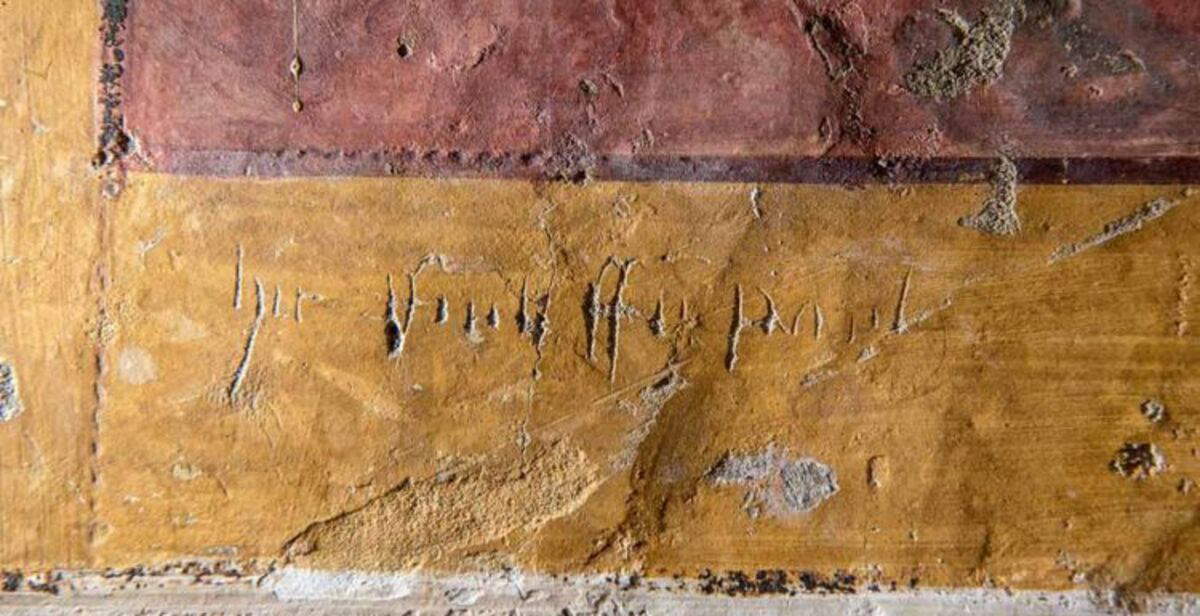The San Francesco Museum Complex in Montefalco is hosting from April 13 to June 15, 2025 an exhibition that has the flavor of time etched in stone: Graffiti of Umbria. Medieval and Modern Spontaneous Writings. This is a widespread exhibition, curated by Pier Paolo Trevisi, that collects and enhances written testimonies from the 8th to the 17th century, engravings left by wayfarers, pilgrims, devotees and simple passers-by along the main Umbrian paths. The project, curated by the Soprintendenza Archeologia, Belle Arti e Paesaggio dell’Umbria, is part of the wider context of the ERC ADG Project Graff-IT, Writing on the Margins. Graffiti in Italy, 7th to 16th centuries, an international research initiative(https://graffitproject.eu/) studying graffiti writing in Italy from the 7th to the 16th centuries. The exhibition is also sponsored by the Municipality of Montefalco, with the support of the Fondazione Cassa di Risparmio di Perugia and the collaboration of the University for Foreigners of Perugia, the University of Studies “G. D’Annunzio” of Chieti-Pescara and Maggioli Culture and Tourism.
“The project aimed to investigate and map these communicative acts, to give life to an itinerary to rediscover ancient inscriptions,” says curator Pier Paolo Trevisi. In Umbria, as in the rest of the national territory, graffiti appear everywhere: inside and outside of both secular and religious buildings, on doors, columns, walls. In buildings of worship, these signs are often left by pilgrims and wayfarers and are concentrated on frescoes. Inscriptions, especially those of a devotional nature, are more numerous in places located along ancient routes. In addition to graffiti in religious sites, there are also testimonies found in places of secular tradition, in the various public or private palaces and buildings, where graffiti inevitably loses its devotional and cultic value, is no longer linked to pilgrimage, but expresses needs more closely related to the sphere of the personal: think of love graffiti or prison inscriptions."
"The exhibition Graffiti of Umbria," stresses Daniele Morici, deputy mayor and culture councillor of the Municipality of Montefalco, “allows us to explore a substratum of information that until now has been little known, both by experts and art lovers. The graffiti, imprinted by the hand of anonymous and wayfarers on the paintings and walls of religious or other buildings, recall the imagery of men and women of the past, proving to be a source of exceptional freshness, capable of projecting today’s user beyond the so-called official history and reconstructing the experience, including psychological, of those who preceded us. An unmissable event, for anyone who wants to probe the inexhaustible wealth contained in our historical and cultural heritage.”



Graffiti of Umbria is a thematic exhibition already set up in prestigious locations in the municipalities of Foligno, Perugia, Collazzone, Vallo di Nera, Nocera Umbra and Trevi. It opens in Montefalco on April 13 at 5 p.m., with the participation of mayor Alfredo Gentili, culture councillor Daniele Morici, curator Pier Paolo Trevisi, Prof. CarloTedeschi - Principal Investigator of the Graff-IT project -, researcher Simone Allegria and historian RomanoCordella.
Through photoreproductions, transcriptions, translations and descriptions, the exhibition documents the different types of graffiti found in places of worship and on Umbrian pilgrimage routes. Each graffito is accompanied by a precise indication of where it is found, thus offering an opportunity to rediscover Umbria from an unprecedented point of view, where spirituality, collective memory and individual stories are intertwined. About fifty cards, each accompanied by a QR Code, allow direct access to dedicated online pages, where information about the graffito and the site of origin can be found, along with directions to reach it. A chance to retrace live the ancient pilgrimage paths that crisscross the region from north to south.
Medieval Umbria was the beating heart of a flourishing religious devotion, which spread along the two main roads inherited from Roman times: the Via Flaminia and the Via Amerina, with their diverticula. Beginning in the 13th century, the presence of the tomb of St. Francis in Assisi and the indulgence of the Portiuncula transformed Umbria from a land of passage into a favored destination for pilgrimages. It was in this context that a spontaneous form of expression was born and developed, that of graffiti engraved on walls, columns, pillars, frescoes and surfaces of religious buildings.
Graffiti writing was a tool for personal and collective storytelling. Some graffiti recorded natural or historical events; others preserved names, dates, prayers, invocations, testimonies of love or simple declarations of presence. These traces, often anonymous, represent a historiographic source of exceptional value, giving voice back to marginal subjects, pilgrims, peasants, soldiers, merchants and ordinary devotees, offering a social cross-section otherwise difficult to document.
The exhibition venue, the San Francesco Museum Complex in Montefalco, is itself an extraordinarily interesting container of art and history. At the center of the complex is the church of San Francesco, embellished with graffiti evidence dating from the 15th and 16th centuries. The walls of the sacred building still preserve engravings left by unknown hands, confirming the place’s central role in the region’s spiritual network.
During the period of the exhibition, guided tours curated by Maggioli Culture and Tourism are planned, which will allow visitors to learn more about the reading of the graffiti and their historical, religious and social significance. The exhibition is thus configured as an opportunity to rediscover the dynamics of a traveled and traversed Umbria, a land of faith and journey.
The survey of graffiti allowed the mapping of a series of places, all linked in various ways to the phenomenon of pilgrimage and medieval religious life. In addition to Montefalco, the exhibition documents sites in Assisi, such as the Basilica of St. Francis and the Porziuncola, in Campello sul Clitunno with its famous Tempietto, and in Foligno, where there are as many as seven sites including churches, monasteries and hermitages.
Perugia, Spoleto, Narni, Orvieto, Gubbio and Todi also host valuable graffiti, as well as small towns and hamlets that prove to be key nodes of ancient itineraries, often forgotten today. The variety of places testifies to the ubiquity of a widespread phenomenon, involving the entire region, from major urban centers to remote hamlets, often along secondary roads, mule tracks, hill paths and devotional routes.
 |
| Umbrian graffiti between faith and memory: an exhibition on medieval and modern writings in Montefalco |
Warning: the translation into English of the original Italian article was created using automatic tools. We undertake to review all articles, but we do not guarantee the total absence of inaccuracies in the translation due to the program. You can find the original by clicking on the ITA button. If you find any mistake,please contact us.